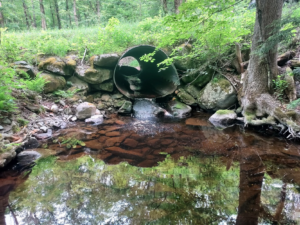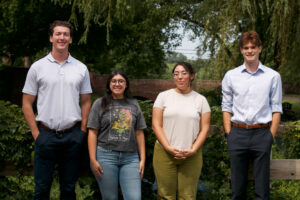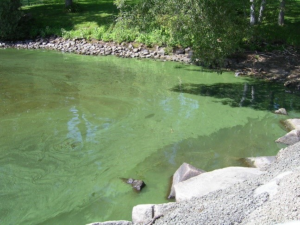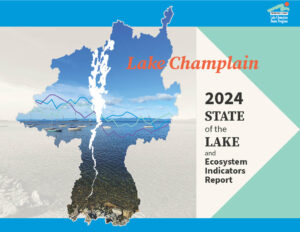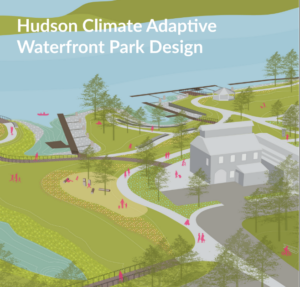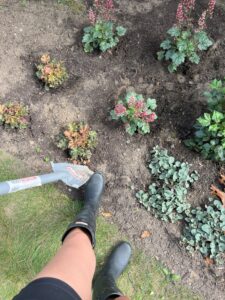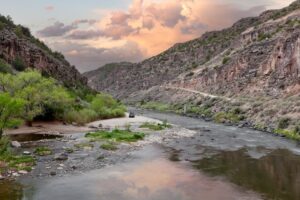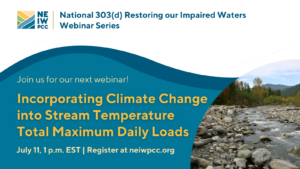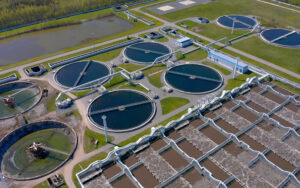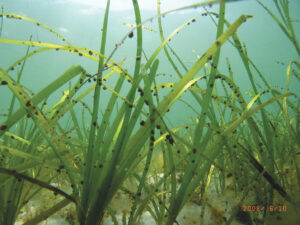-
Two Projects Announced to Restore Habitat Connectivity in the Hudson River Watershed
The New York State Department of Environmental Conservation (NYSDEC) announced $343,852 in grants for projects to restore aquatic connectivity, reduce local flood risks, and improve water quality in Stephentown and
-
NEIWPCC Brings on Board 30 Interns and Seasonal Staff
This summer, NEIWPCC hired 30 interns and seasonal staff across four states, in positions ranging from invasive species management and environmental monitoring to public outreach and communications. The paid positions
-
Registration Opens for US Symposium on Harmful Algae
Early bird registration is now available. The 12th U.S. Symposium on Harmful Algae will take place in Portland, Maine on Oct. 27 – Nov. 1. Serving as the only national conference
-
Lake Champlain’s State of the Lake Report Highlights Progress and Challenges
The Patrick Leahy Lake Champlain Basin Program (LCBP), a NEIWPCC program partner, released an updated “State of the Lake and Ecosystems Indicators Report.” Drawing on the most recent scientific data, the
-
Two Projects Announced to Protect Hudson River Shoreline
The New York State Department of Environmental Conservation (NYSDEC) announced approximately $384,000 in contract awards to help the city of Hudson and town of Bethlehem increase shoreline resilience and improve
-
Long Island’s Stormwater Mitigation Program to Start Accepting Submissions
Following a successful pilot in 2023, the ‘Garden Rewards’ program will soon accept applications for year two. Through the program, Long Island homeowners looking to help curb stormwater runoff are
-
Clean Water Podcast Features ‘Outstanding’ Waters in New Mexico
The Clean Water Pod podcast takes listeners to the Rio Hondo, a 79-mile-long tributary of the Rio Grande located in northern New Mexico. The river is an important ecological, recreational,
-
Upcoming Webinar on Temperature TMDLs
Incorporating Climate Change into Stream Temperature TMDLs The next webinar in the National 303(d) Restoring Our Impaired Waters Webinar Series will focus on the role of climate change in temperature total maximum daily
-
NEIWPCC’s Comment Letter Contributes to More Accurate Watersheds Needs Data
Last week, the U.S. Environmental Protection Agency (EPA) issued the results of the 2022 Clean Watersheds Needs Survey (CWNS), outlining wastewater, stormwater, and other clean water infrastructure needs. Through the
-
Funding Available for Long Island Sound Eelgrass Habitat Suitability Model
NEIWPCC, in cooperation with the Long Island Sound Study National Estuary Program and its partners, is inviting proposals for the development of a GIS-based eelgrass habitat suitability model. Eelgrass is
